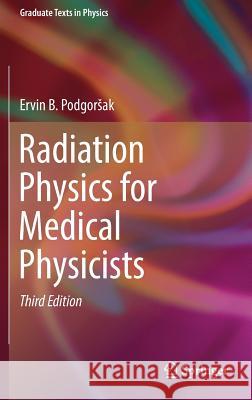Radiation Physics for Medical Physicists » książka
topmenu
Radiation Physics for Medical Physicists
ISBN-13: 9783319253800 / Angielski / Twarda / 2016 / 906 str.
Kategorie BISAC:
Wydawca:
Springer
Seria wydawnicza:
Język:
Angielski
ISBN-13:
9783319253800
Rok wydania:
2016
Wydanie:
2016
Ilość stron:
906
Waga:
1.50 kg
Wymiary:
23.39 x 15.6 x 5.08
Oprawa:
Twarda
Wolumenów:
01
Dodatkowe informacje:
Wydanie ilustrowane











